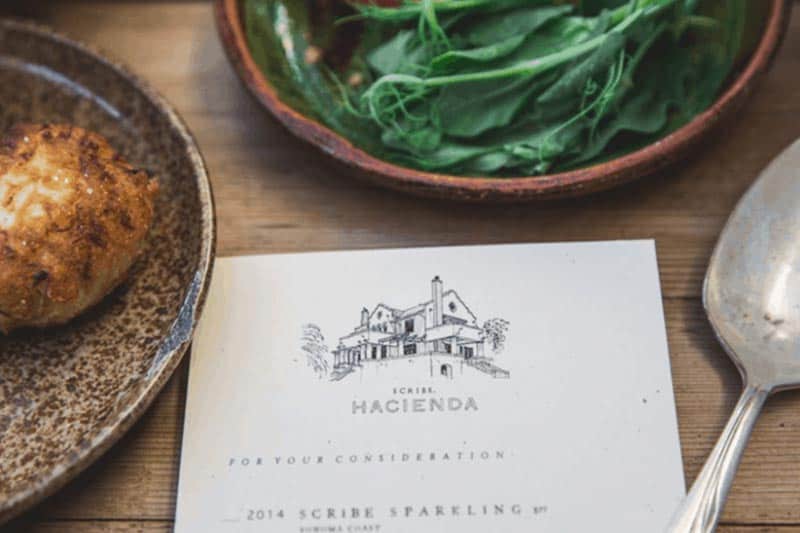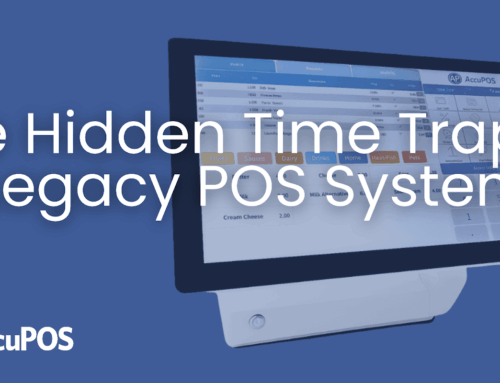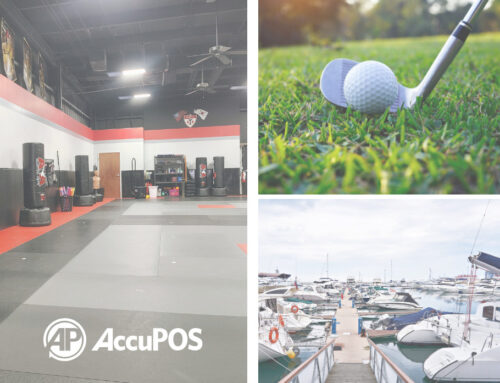Every restaurant owner deals with menu design in some fashion. That can mean dealing with a professional designer or design firm, or it can mean typing one up in Microsoft Word. Everyone knows the basics of menu design: logo, items being served, prices. But how important is menu design really?
A restaurant’s menu is the single most important piece of internal advertising. Every customer that walks in the door (or visits the website) will want to see the menu. The obvious reason for this is that the menu is the reason they came at all. The less obvious reason is that it’s the place where your restaurant’s brand, vision, and atmosphere combine on one piece of paper. So, what does a good menu design include? Here are some things to consider in your business’ menu design:
1. Format
The first thing to consider is how customers will see your menu. Is your business sit-down or counter service? If your customers are reading the menu over your employees’ shoulders, this changes how the menu should be designed. If your customers are seated at tables, is your menu displayed in a folder, as a tri-fold, or on a large sheet of nice paper? This decision impacts the overall atmosphere of your restaurant. If your menu is behind the counter, is it simple enough to read quickly, since that is likely a key part of your restaurant’s flow? If your menu is in your customers hands, what is the feeling and appearance of the material saying about your brand? Paper quality can communicate a range of things, from formality and attention to detail to understanding of practicality.
2. Readability
The next aspect of menu design to consider is readability. Readability is mainly determined by three things: white space, font & image size, and number of items. Readability is important because words and images crammed on a page that’s too small is overwhelming. This not only causes customers to not appreciate what’s listed on the menu, but it ruins your atmosphere. One way to improve readability is by shortening descriptions. Another way is by spreading out categories of items across different menus (e.g. dinner, drink, and dessert menus)
3. Imagery
The third part of menu design to think about is the use of images. Images on a menu can improve customer experience. However, sometimes it is best to leave them off. If your restaurant serves a large a variety of food, it is good to include images of some items. This is because navigating a menu with a huge variety (think Cheesecake Factory) can be confusing without images. Our brains process images in just 13 milliseconds. This means that images make it easier for customers to find what they are looking for. Further, if your restaurant only serves variations of one kind of food it may be best to not use images. This way, there can be more blank space on the page to improve readability.
Overall, menu design can make or break your restaurant. Because of it’s affect on the appearance of your brand, vision, and atmosphere, it is important to consider the above aspects of menu design carefully. Good menu design is just part of owning a successful restaurant because of the huge affect it has on your customers. A well designed menu can truly be the reason a customer returns to enjoy your food and atmosphere again.
We know that keeping a well designed menu up to date can be tiresome if your restaurant is constantly evolving. We may not have a solution to this problem, but we can suggest a solution to a similar problem: your POS. AccuPOS was created for the busy business owner. The restaurant whose menu is always changing. The take-out and the to-go. To find out more about how AccuPOS can save you the POS headache, check out all of our features here.





